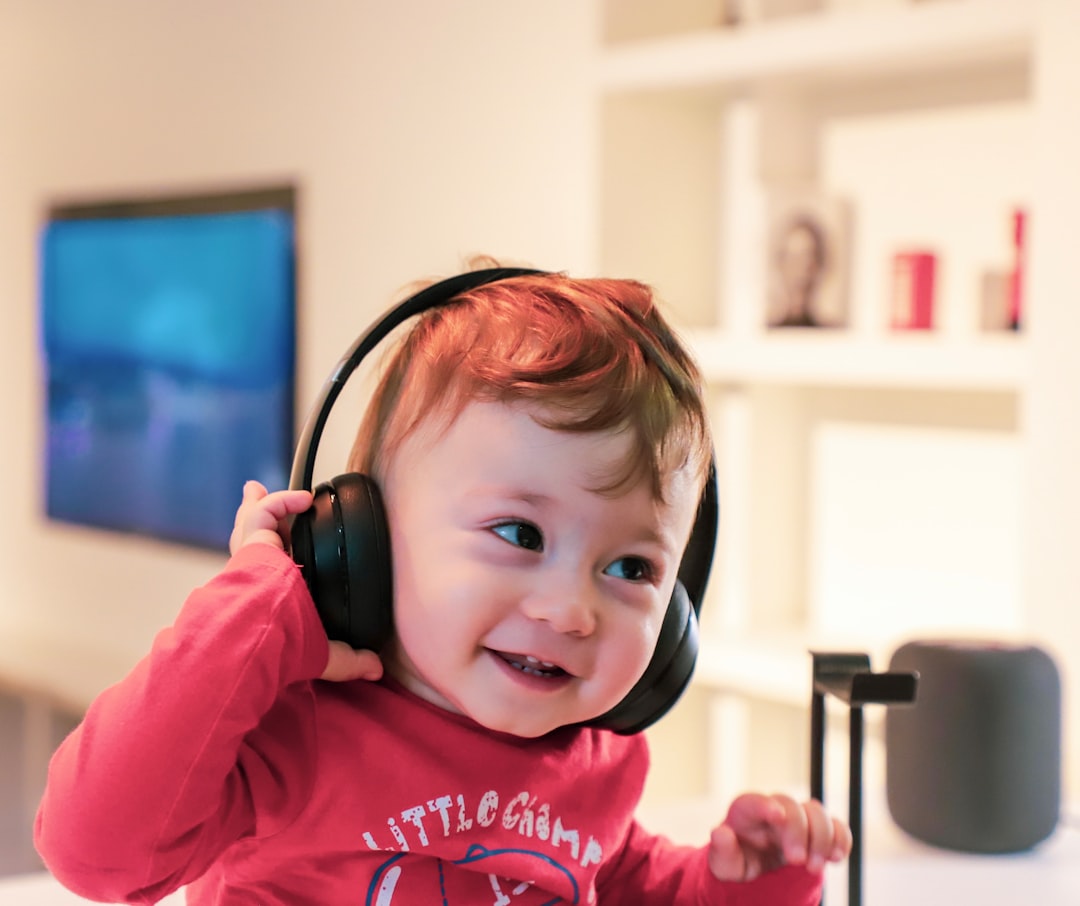What is it about?
Abstract Until the recent death in Dubbo of an Aboriginal man, there have been no deaths from Covid 19 in Australia. The extraordinary success of Aboriginal and Torres Strait Islander populations in controlling the effects of this pandemic has been a global role model. Until early 2021, in spite of their high risk status, dispersed population and fear of health services due to racism, Indigenous outcomes were better than those for non-Indigenous. Aboriginal health leaders at every level brought in worlds best practices and applied them in all urban, rural and remote locations. Instead of the many hundreds of cases, hospitalisation and deaths expected, there were only 150 cases nationwide with15% hospitalised but no one in ICU and no deaths. This result is a complete reversal of the gap and was due to the outstanding Indigenous leadership, that governments at all levels listened to Aboriginal wisdom and that control was handed to those who knew what to do. This result is not only evidence for why a Voice enshrined in the Constitution would work, it heralds a new way of working with Aboriginal people in Australia. This viewpoint makes the case for a different model to engage and empower First Nations to really close the gap - themselves.
Featured Image

Photo by mohammad alizade on Unsplash
Why is it important?
We start this Viewpoint with a quote from a young First Nations woman summarising the First Nations COVID-19 response: Indigenous Australia has been spared the impact (of COVID) seen elsewhere because behind every major decision, strategy, approach and public health deployment we have seen culturally-centred leadership from Aboriginal and Torres Strait Islander people. The lessons extracted from COVID-19 will no doubt be numerous and cover a range of knowledge spheres and disciplines. But the one lesson that I hope non-Indigenous Australia finally learns is that Indigenous leadership – when left to genuinely flourish without the ever-present interference and paternalism – is phenomenally powerful, deeply impactful and highly successful, highlighting the ways of knowing, doing and being that exist in Indigenous Australia.1 Why We Were Concerned about First Nations Risk from COVID-19 Based on previous serious influenza epidemics, we knew that First Nations people were more likely to become infected and to have more serious disease. During the H1N1 epidemic in 2009, rates of morbidity and mortality were high in First Nations compared with the non-Indigenous populations;2 thus our First Nations people were worried. In 2009, the omission of First Nations peoples in preparedness and response planning of the Federal Government's Action Plan for Human Influenza Pandemic3 resulted in significantly higher notifications, hospitalisations and deaths here in Australia. A similar pattern was seen globally.4, 5 Early evidence from both China and Italy alerted us to COVID-19 being more likely to require hospitalisation, with a higher case fatality rate than influenza, particularly among the elderly and people with co-morbidities. It was clear that both Community Elders and others with underlying chronic disease were at particular risk of severe outcomes of COVID-19. As well, more First Nations people live outside major cities, where health-care access is fragmented and they would be at risk of poor care if COVID-19 were to spread. Even those living in large urban centres are less likely to use mainstream health-care facilities. We also recognised that the social determinants of health would become a major challenge during a pandemic. Essential services and food supply chains become interrupted, health-care staffing and services are overwhelmed, crowded housing impacts the ability to comply with social distancing measures, isolation or quarantine and loss of jobs and incomes have adverse consequences. The Health and Social Gap The observed patterns of excess acute and chronic diseases and poor social circumstances, poor housing (overcrowding and unsuitable housing), homelessness, substance abuse, poor nutrition (both under nourished and overweight being more common), mental health problems and suicide are not actually First Nations problems but a result of the removal of their lands, culture and children.4 They are the result of decades of racist and harmful policies, neglect, marginalisation, poor educational and employment opportunities and rejection after rejection of requests for recognition of them as the first peoples whose culture has been here for probably more than 60 000 years (Fig. 1).5-8
Perspectives
While this was written towards the end of the first year of the pandemic, and published on 30 September 2021, it stands as a clear account and record of the highly successful response of the Indigenous health sector to the threat of Covid-19, a highly coordinated response that resulted in only one death during the period from early 2021 to the second quarter of 2021. This outcome must be ranked as one of the most successful in the world, and it was achieved because of the involvement of the Indigenous health sector with the expertise of the staff of community-controlled health and other organisations who understood how to communicate messages to Indigenous people about vaccination, social distancing, wearing masks, testing and isolating. The Indigenous health sector faced the very high risk of an unacceptable morbidity and mortality rate should the virus be transmitted into rural and remote areas where poor infrastructure, overcrowding and very poor health status are endemic. The worst outcomes that might have been predicted by epidemiologists were prevented. This sector had lobbied governments and informed the major Indigenous organisations who closed the borders of Aboriginal lands to prevent transmission into rural and remote areas. https://doi.org/10.1111/jpc.15701
Prof Dr Marcia Langton
University of Melbourne
Read the Original
This page is a summary of: Australian First Nations response to the pandemic: A dramatic reversal of the ‘gap’, Journal of Paediatrics and Child Health, September 2021, Wiley,
DOI: 10.1111/jpc.15701.
You can read the full text:
Resources
COVID-19 vaccination – Video – Professor Marcia Langton AO talks about the importance of COVID-19 vaccines In this video, Professor Marcia Langton AO talks about the importance of COVID-19 vaccines
Video produced by the Australian Government to encourage Indigenous Australians to be vaccinated. Date published: 9 March 2021 Video type: Advertisement Part of a collection: COVID-19 vaccination – Communication materials – Aboriginal and Torres Strait Islander people
COVID-19 vaccination – Video – Professor Marcia Langton AO talks about the importance of COVID-19 vaccines In this video, Professor Marcia Langton AO talks about the importance of COVID-19 vaccines
Video produced by The Australian Government
Contributors
The following have contributed to this page










